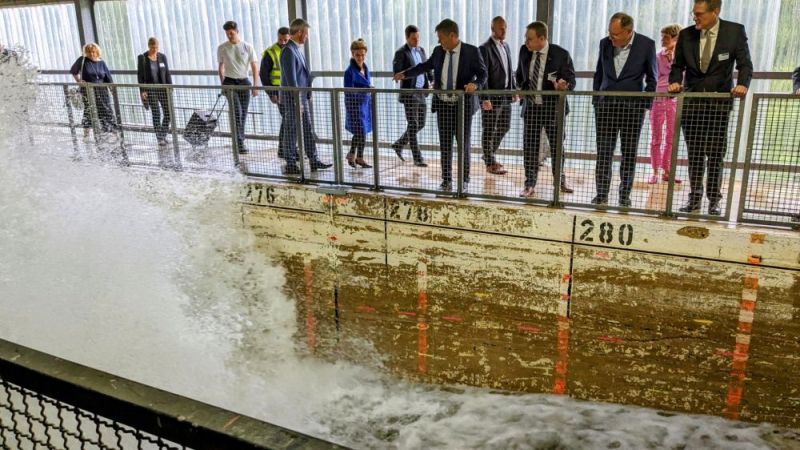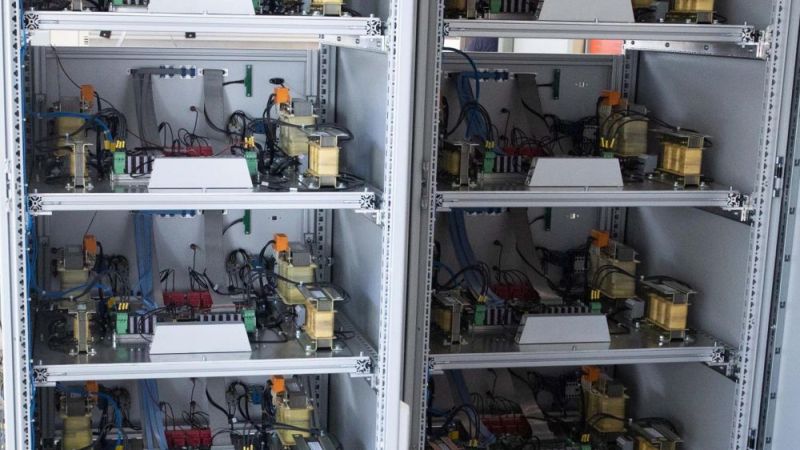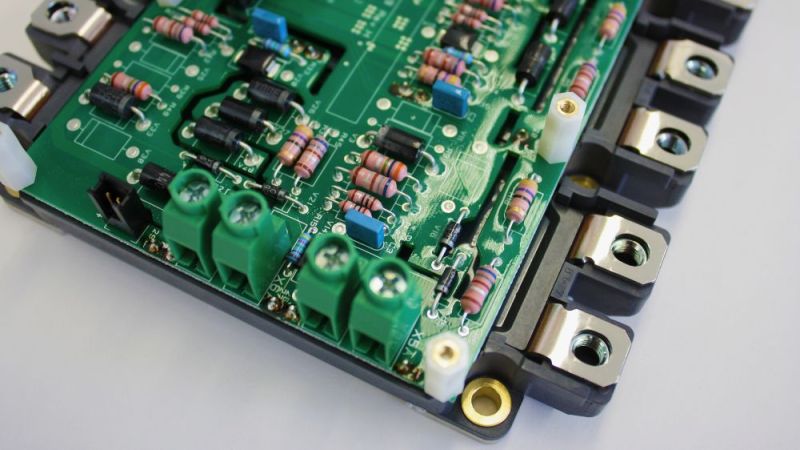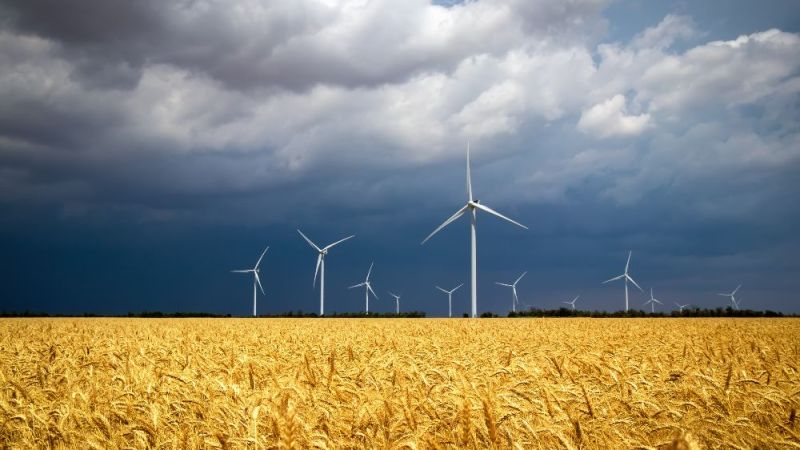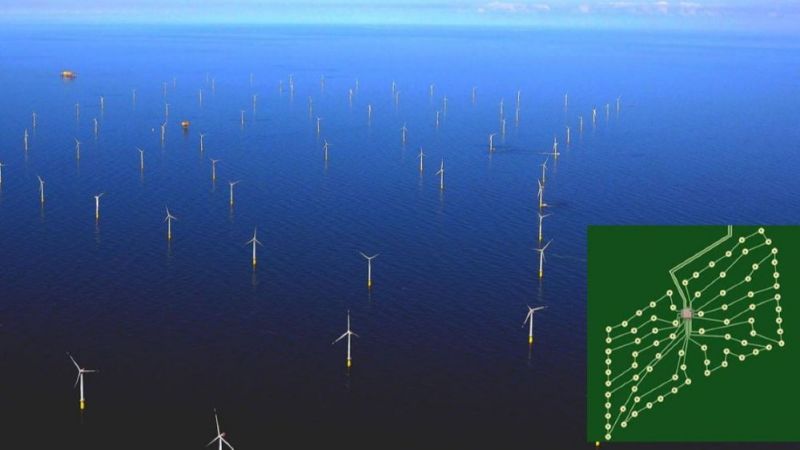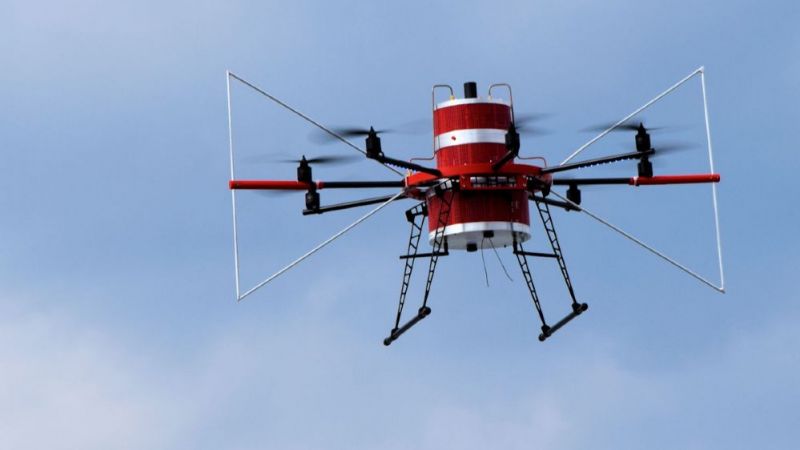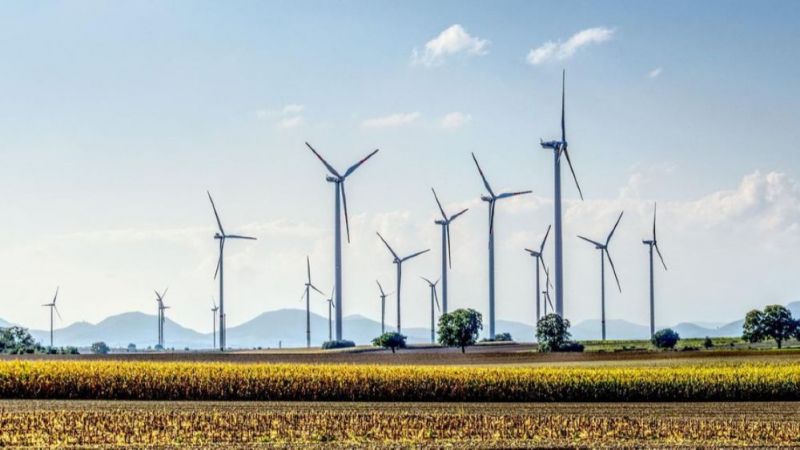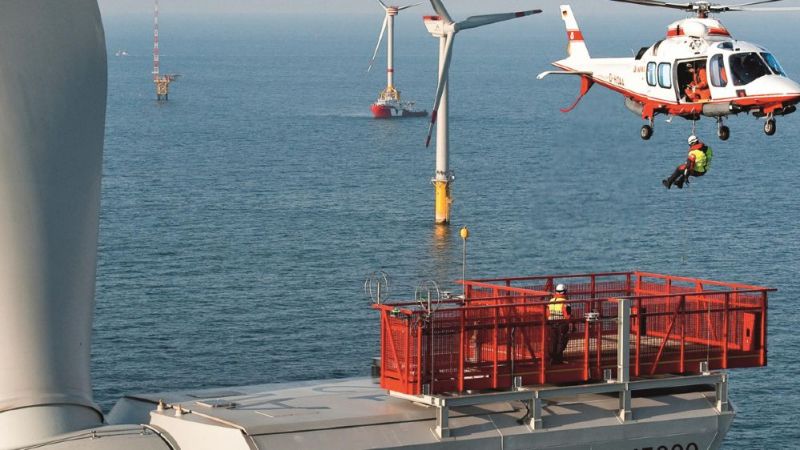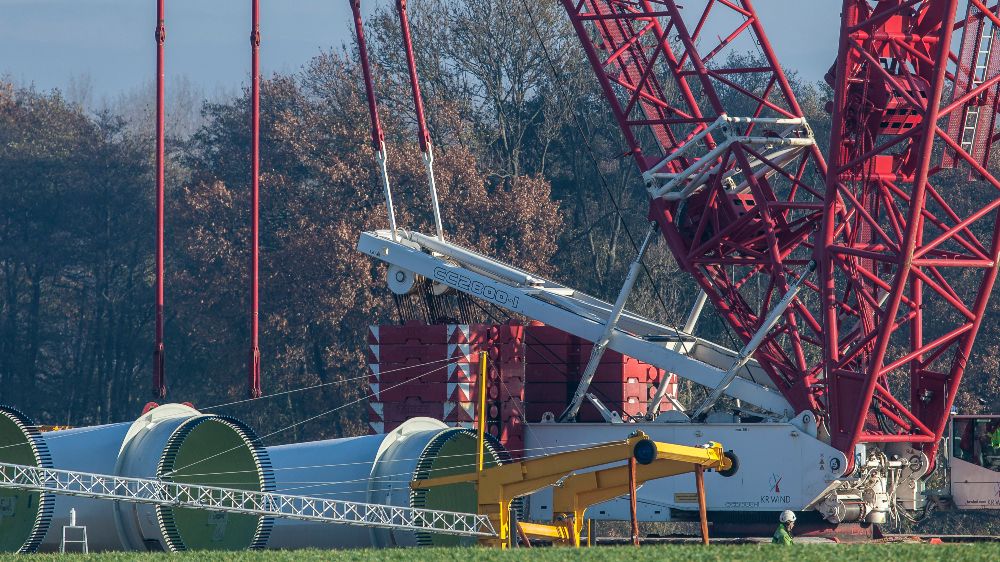
Logistics and operation
Principally, Germany has sufficient suitable on- and offshore sites for a further expansion of wind energy. However, windy and accessible onshore sites are becoming rarer and the expansion increasingly involves more complex sites. Hilly and forested areas offer major potential for further wind farms, even where wind speeds are lower. Even at these sites, the latest technological developments, such as higher towers and large rotor diameters, could make the operation of wind turbines cost-effective.
It is therefore essential to use suitable processes to identify potential sites and then explore such sites for an extended period using low-cost methods. Improved algorithms or lower-cost exploration methods which replace meteorological masts could make a valuable contribution in this area. Transport and logistics also pose major challenges where wind turbines are erected in complex mountainous areas or forested sites. Hence, the design of the plant components must take ease of transport into consideration and new transport concepts must be developed for large and heavy components. Further progress could be achieved through manufacturer-independent standardisation, new plant and large component concepts and innovative installation processes.
Flexible and efficient operation of wind farms
A smart approach to operating wind turbines and farms is needed if the costs of wind energy are to decline further and the energy is to be optimally integrated into the energy system. Progressive regulatory strategies which deliver accurate forecasts of the expected feed-in are also required for complex sites. Improved forecast models aim to promote the reliable integration of wind farms into the electricity grid and their control by hybrid power plant consortia. New, improved sensor systems can provide a variety of data the management and analysis of which (big data) suggest a wide range of optimisation approaches. Enhanced analysis of the measuring data is to result in more precise evaluations of plants and wind farms in the future. This will facilitate preventive maintenance or repairs which, in turn, will prevent downtimes or allow the shifting of downtimes to low-wind periods.
The more electricity wind turbines feed into the grid, the more important is the method by which this electricity can be integrated into the energy system and the extent to which wind farms can provide system services, such as support for grid restoration through black start capability. Research projects in test fields can make important contributions to the resolution of these issues.
Logistics and maintenance pose great challenges to the operation of offshore wind farms: The availability of the wind turbines is crucial for their profitability as they are difficult to reach. Offshore wind farms therefore require innovative grid connection and logistics concepts which take the availability of turbines, the transport of staff and materials as well as pooling concepts and operation and maintenance concepts into account.


